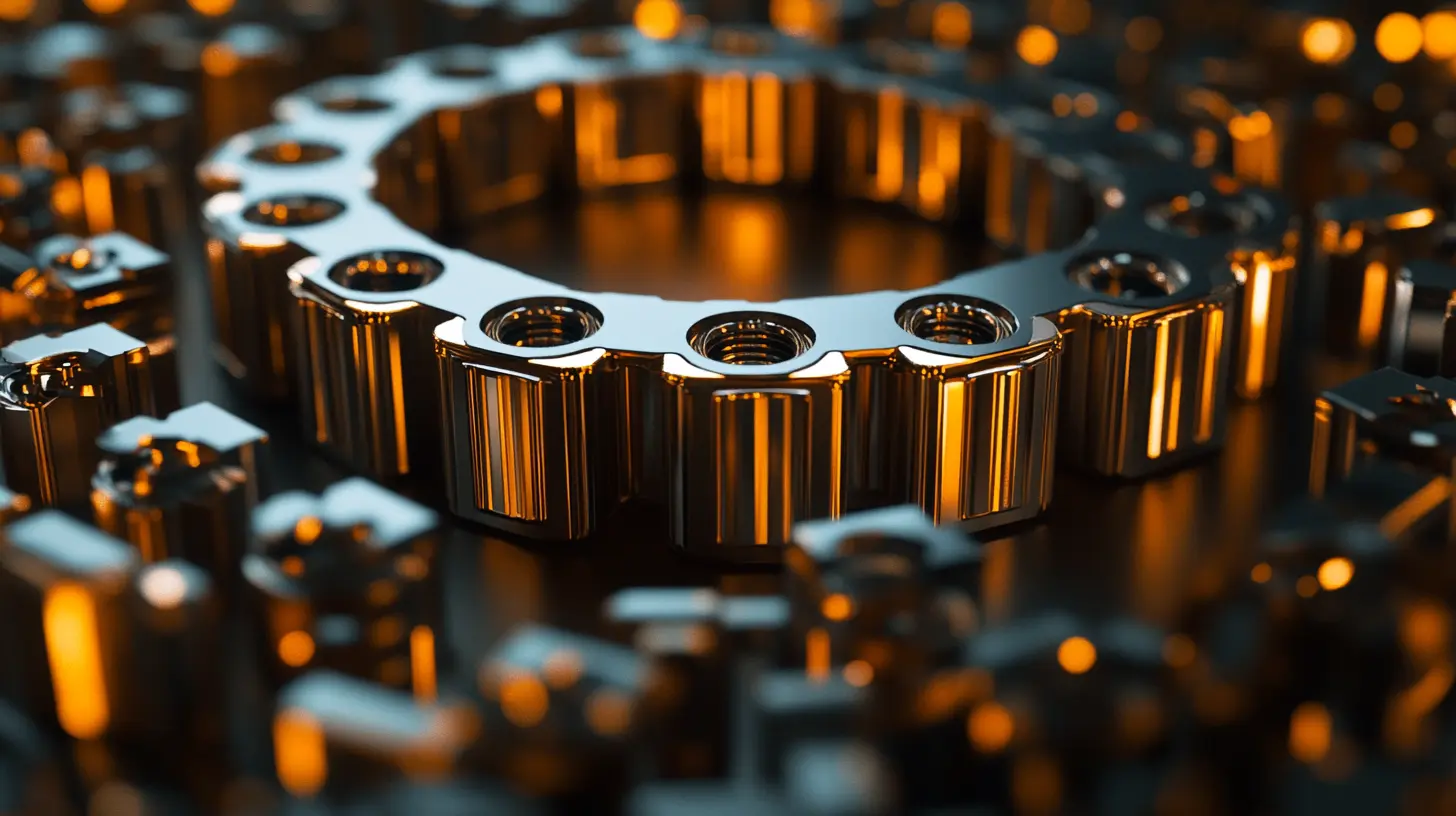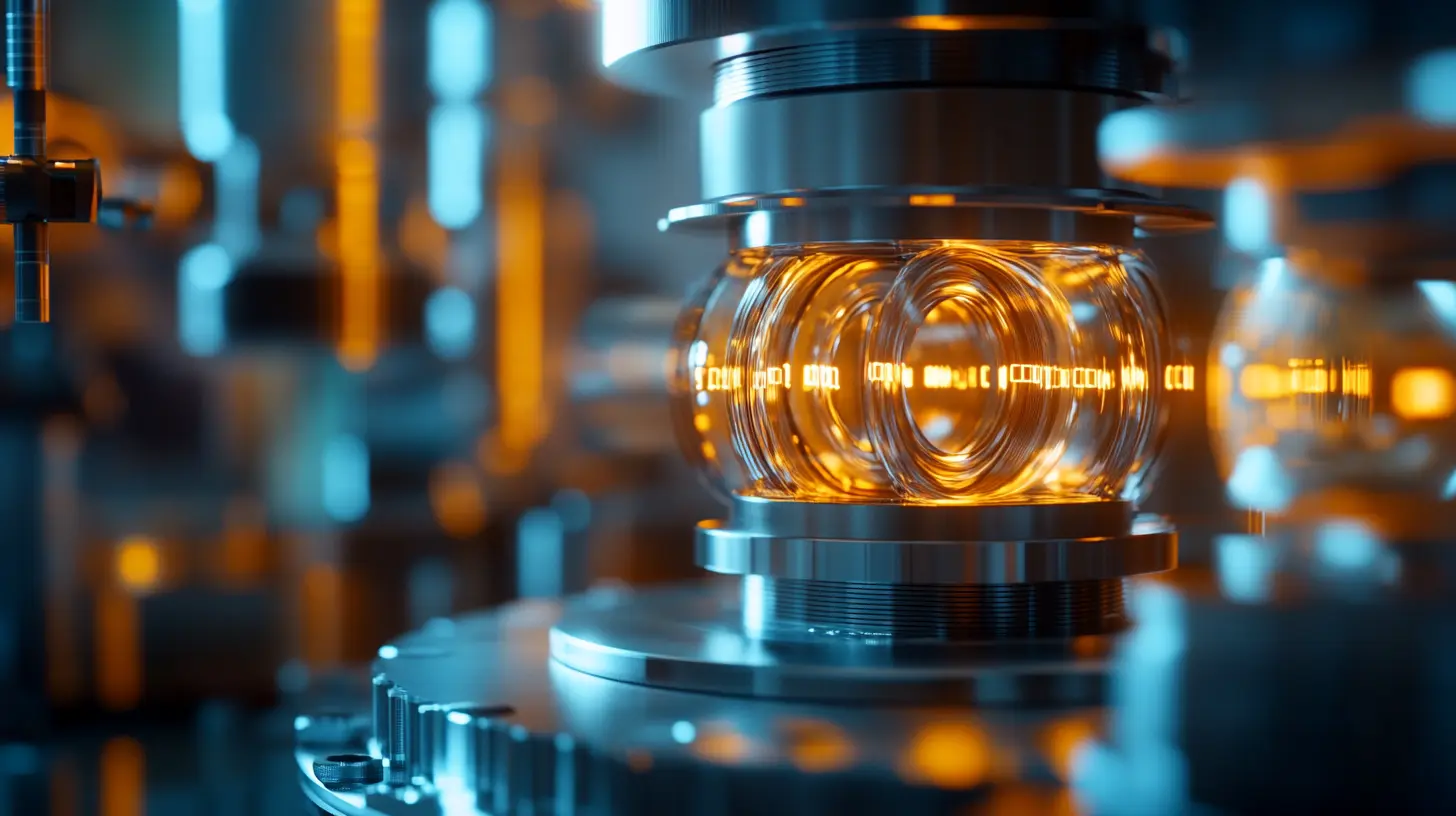In recent years, the requirement for flexible magnetic technology is increasing in various sectors such as construction, automobile, electronics, and so on. The most promising part of this field development is the onset of switchable magnets which respond to external stimuli with alterations in their magnetic states. One ResearchAndMarkets report on market research has foretold that the global magnet market will expand into USD 33.99 billion by 2027, wherein switchable magnets are expected to significantly contribute to the market as they offer more efficient production and add functionality into products. Such applications promise innovation solutions even for temporary fixings, alongside reduction in costs and increase efficiency of the processes.
Xiamen Qianci Magnet Technology Co., Ltd., or QCM Magnet, is currently leading the charge of revolutionizing the world through the integration of high-end solutions for magnetic fixing exactly for the precast concrete business. Thus, the company is offering such high-quality products as Shuttering Magnets, Formwork Magnets, Magnetic Concrete Chamfers, and embedded parts with Insert Magnets, which are exclusively rendered capabilities of switchable magnets. For continued competitiveness in the emerging landscapes of the future, as industries go all-out on advanced materials and technologies to enhance their productivity while improving sustainability, the really magic potential of switchable magnets for revealing entirely new applications and improving their abilities in the world of modern manufacturing is to find its way.

Switchable magnets are cutting-edge technology capable of holding great promise for various new industries. These magnets can reverse their magnetic polarity and are therefore able to be utilized with great versatility in diverse applications, ranging from data storage systems to energy systems. The mechanism behind switchable magnets is the alignment of magnetic moments which is controlled by external stimuli such as electric fields or changing temperatures. The ability to change magnetic properties dynamically creates pathways for energy-efficient applications. It has been made a point that those are fast-changing sectors, like example Qingxi Town, and switchable magnet application areas are believed to create a major difference in manufacturing. For instance, it matches with the needs of industrialization in the form of digital conversion that requires the capabilities of switched magnets. Moreover, switchable magnets would add value to existing technologies, while having their role in smart system formation, and would be from valuable contributors toward industries with modernization pressure and cost reduction.

Switchable magnets are truly an innovation worth viewing from the glasses of materials science and engineering. Baru-baru ini, advances with multifunctional materials-based magneto-optics-technology organized coupling with metal-organic phosphonic acids really opened new millages towards applications in today's industry. Such an example would be under the purposes of magnetic-controlled capsule robots for biomedicine, which have already held promise under the treatment of noninvasive methods on gastrointestinal diseases. The concept goes beyond the basic principles of switchable magnetism to move it into very effective navigation and performance of its medical function, pointing out to the real-life impact of this technology.
Statistical inference and modeling of switchable magnetism include intricate abstracting transformations that can be performed under external action. A recent study would be one that cuts across reversible data that involve its properties of magnetization, hence showing that the materials are versatile. But, certainly, they will great innovations for clients or the end-users in future progressing applications in many sectors, including healthcare and electronics, to mention some, in very broad terms. Some will illustrate the quantum shift or leap in how these users think around challenges now finding solutions in technologies and medicine.

Switchable magnets have turned out to be a wonder in modern applications of industries, having a number of advantages to improve the efficiency and adaptability of most applications. These types of magnets have the ability to switch on or off, which enhances energy consumption in manufacturing processes and allows a more precise control over various manufacturing processes. Industries like automotive and electronics increase the use of these technologies: magnetic sensing and magnetic resistance-to drive innovations in developing solutions meeting the high standard demands for performance and safety.
By emphasizing these innovations related to skipping much of the rare earth resources management, the greatest importance of switchable magnets is apparent. It has created a vacuum to be filled with explorations in sustainable practices like recycling rare earth materials, and the future also promises increased prospects of employing these magnets. It will not only secure a supply chain but also coincide with reshaping economic and environmental standards so the industry can take advantage of modern technologies at reduced ecological footprints.

In recent years, with the growth of industrial applications, especially in mobile robotics, switchable magnets have been gaining acceptance. Increased demand for modular robotic designs makes the integration of switchable magnets into these systems paramount. Their ability to enhance flexibility and functionality allows the robots to change from one type of task to another in the evolving working environments of modern manufacturing, thus creating a new level of operational efficiency.
Current trends suggest that the mobile robots' industrial application will further be promoted by exciting new technologies, especially artificial intelligence. The market for industrial mobile robots in China will exceed 240 billion yuan by 2024, underscoring the vital importance of switchable magnets in such applications. As industrial sectors seek operational optimization, the switchable magnet's versatility and adaptability will become significant to satisfy demands in the future.
Switchable magnets in automobiles is developing as a disruptive technology with peculiar solutions to an array of applications. These magnets can swiftly alternate their magnetic states, thus granting dynamic control mechanisms for safety and efficiency. For example, in an electric vehicle motor application, they will adapt to various operational needs, improving performance and energy efficiency.
Moreover, switchable magnets are of utmost importance in building ADAS. By embedding them in sensor systems, manufacturers are empowered to improve these functionalities' accuracy and response time, such as collision detection and lane-keeping assistance. With the automotive sector continuously evolving, the switchable magnets' versatility will certainly nourish even newer designs and smarter manufacturing processes, ensuring their place as a vital player in advanced automotive technology.
Switchable magnets are gaining importance as renewable solutions. Their ability to switch from magnetized to non-magnetized states enhances energy efficiency in energy storage systems such as flywheels and magnetic refrigerators. Hence the incorporation of switchable magnets will allow industries to build energy-efficient systems with minimized wastage, enhancing the sustainability initiatives.
With the advancement in switchable magnet technology has also come the exploration of new materials that reduce the dependence on rare-earth elements. This not only improves the accessibility of magnet production but lowers its cost, vital for large-scale applications in renewable energy technologies. As industries move toward harnessing other alternatives, the versatility of switchable magnets makes them a driving force toward innovation and efficiency.
Switchable magnets revolutionize consumer electronics, and examples demonstrating their pioneering applications are abundant. One such application is integrating switchable materials in photonic devices to ultimately even control dynamic light properties. For instance, flexible regulation methodologies for multimode microresonators demonstrate how the on-chip control of photonic molecules can be directly achieved. This versatility can not only enhance device performance but also revolutionize the transmission and processing of information.
But not only that; in this new era of emerging stimuli-responsive materials, it is possible to see the invention of new smart technologies; an example could include switchable halide perovskites. These materials exhibit tunable absorption properties that change depending on external conditions, such as the effectiveness of windows that would be much more efficient in terms of energy consumed. However, switching states of such materials is one important highlight for potentially altering user comfort with the environment and transforming the electronics industry.
Some significant limitations and challenges have emerged with the apparent versatility of switchable magnets for modern industry applications. One of these is making manufacturing processes more complicated. Industry today wants faster and more efficient automated solutions for the enhancement of their productions, but switchable magnets often come with fairly complex modifications to existing systems, which serves as a deterrent to the introduction of this technology in many facilities.
There is also a need for more vigorous R&D to solve performance consistency and reliability issues. Manufacturers are more focused on high-quality, sustainable output, whereby any inconsistency in the performance of such magnet will increase operational risks and costs. With a lot of emphasis in advanced technologies in mechanical engineering and AI, research should focus on the implicit long-term commitments related to the use of switchable magnets before such magnets become a mainstay in industries.
Latest research in switchable magnet has opened up new horizons in their industrial applications it has become feasible in various sectors. Switchable magnets can modify their magnetic characteristics when activated by an outside stimulus, resulting in energy-efficient designs of machines and ability to improve competency in data storage.
Switchable magnets are serving a role in industries such as robotics or automation, which can significantly improve device functionalities by allowing rudimentary control positions in motion. They also contribute to reduced overall weight of equipment for ease of incorporation in modern designs. Research in this area continues to evolve not only the technology but also the sustainable practices which might be possible with newer materials and design.
The real new immediate horizon of the high-tech field in modern industries concerns the use of switchable magnets, particularly in the future technology of photonic sensors. The photonic sensor market would exceed $1.88 billion in value by 2023. With steadily increasing application in automated assembly lines, the market is growing remarkably, heralding a CAGR over 8.5% between 2024 and 2032. The growth would offer further developments in magnetic materials that also advance sensor or sensing technique-related precision and efficiency.
Switchable magnets will the exciting new way of technology applied in 2021 and the beyond for some applications, ranging from advanced industrial machinery applications to smart-make environments. In fact, industries would become more efficient in production optimization. Flexible magnetic materials are, therefore, key in developing new solutions for maximizing production. The extended capabilities made available by switchable magnets could make very high contribution to a better automation and efficiency level for the manufacturing process, with growing demand for further integration of AI and robotics.
Switchable magnets are innovative magnets that can reversibly switch their magnetic polarity, allowing them to adapt to various applications, including data storage and energy systems.
The mechanism behind switchable magnets involves the alignment of magnetic moments, which can be controlled through external stimuli such as electric fields or temperature changes.
Industries such as automotive, manufacturing, and smart systems can benefit from switchable magnets due to their ability to enhance efficiency, precision, and energy consumption.
In the automotive industry, switchable magnets can be used in electric vehicle motors and advanced driver-assistance systems (ADAS) to improve performance, safety, and response time.
Switchable magnets enhance the accuracy and response time of sensor systems, contributing to advancements in features like collision detection and lane-keeping assistance.
The photonic sensor market is projected to surpass $1.88 billion in 2023, driven by the integration of switchable magnets, with an estimated CAGR exceeding 8.5% from 2024 to 2032.
Switchable magnets can facilitate enhanced functionalities in manufacturing processes, enabling more automated and efficient production through advanced magnetic materials.
The integration of switchable magnets is expected to revolutionize various applications, leading to enhanced capabilities in industrial machinery and smart manufacturing environments.
Industries are under pressure to innovate and reduce costs; switchable magnets can contribute to achieving these goals through improved manufacturing processes and energy efficiency.
Yes, the ability of switchable magnets to dynamically alter their magnetic properties contributes to energy-efficient solutions in various applications.

